Cultural & Heritage
Perak
Perak is one of the northwest states in Peninsular Malaysia. Its state capital Ipoh is known for its British colonial landmarks, including a baroque railway station. Limestone cliffs dominate much of Perak giving rise to rugged landscapes and beautiful cave temples. During the British colonial days, the region was a tin mining powerhouse. The legacy still remains in Ipoh and Taiping’s stunning architecture. There are tons of beautiful attractions to visit in Perak as well as a wide-range of delicious cuisines to indulge in. Stay tuned the next couple of days as we unravel Perak and all its beauty. Welcome to Perak, Malaysia’s most serendipitous state!
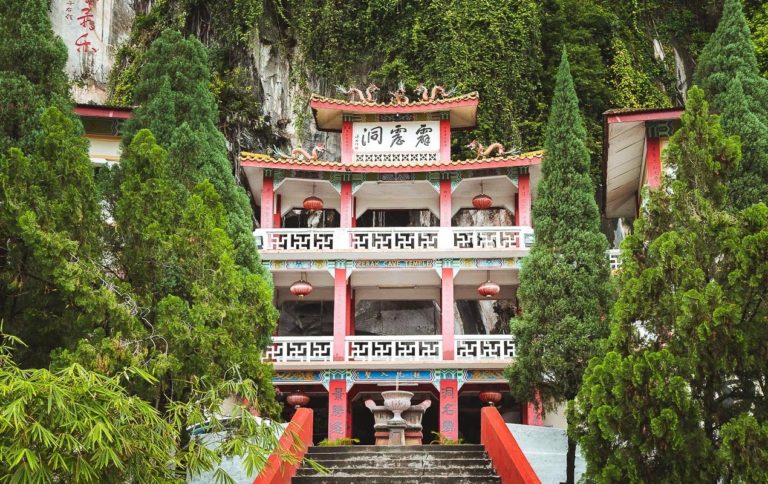
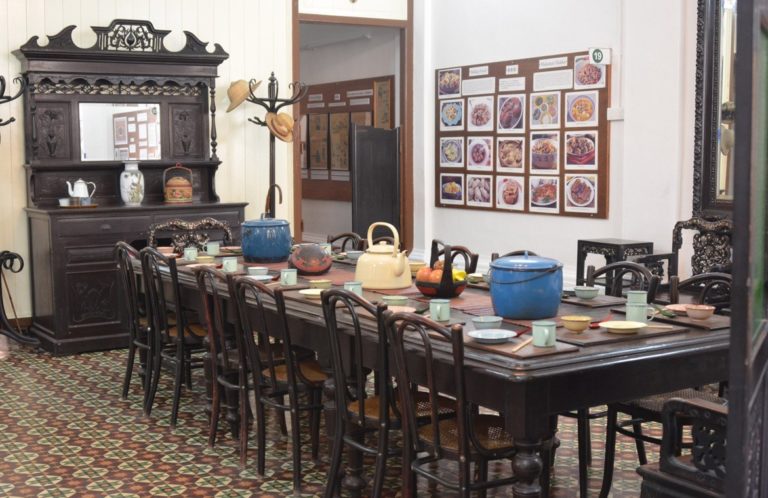
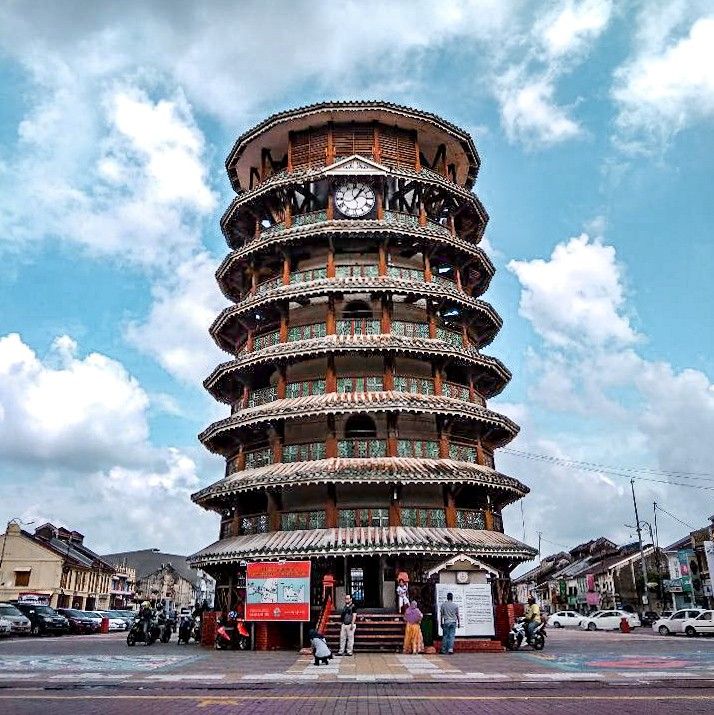
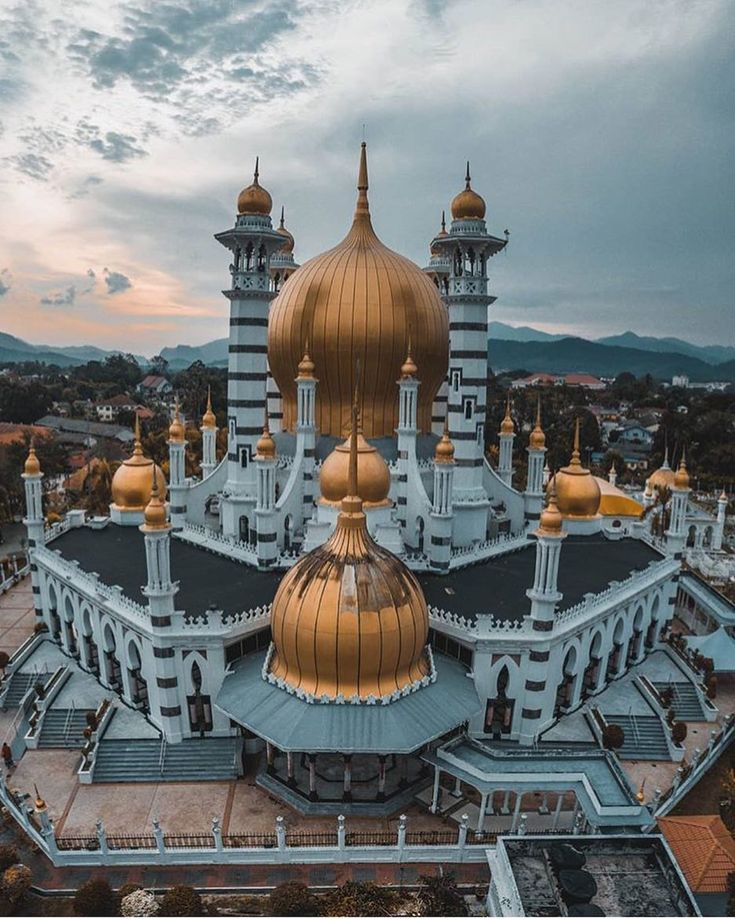
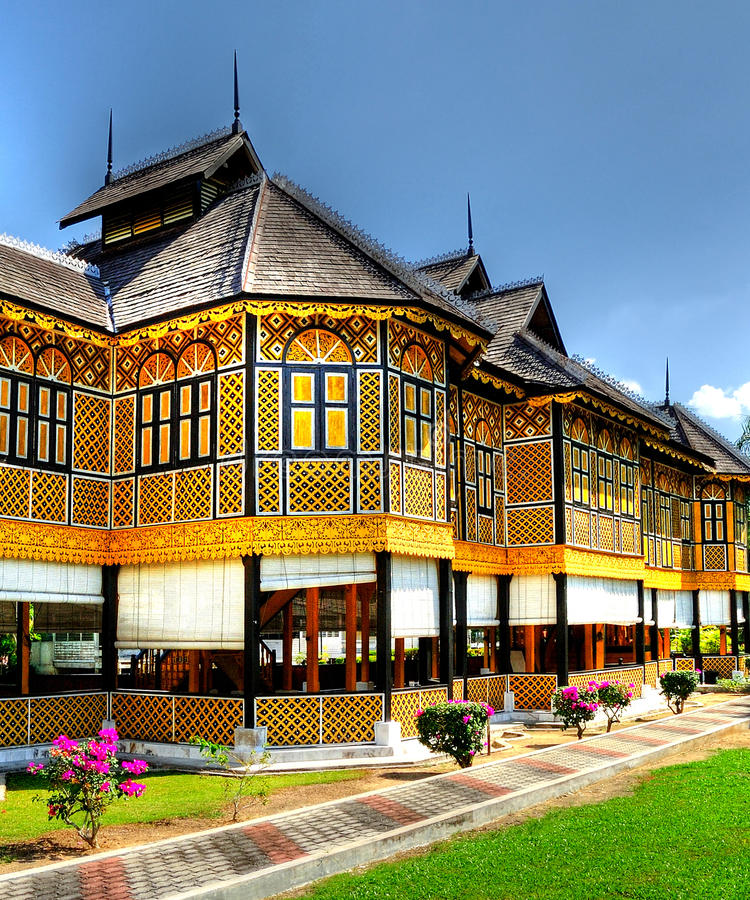
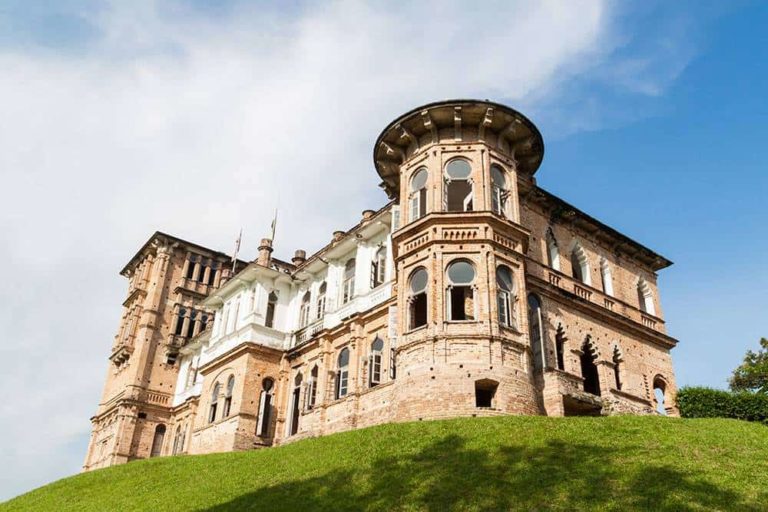
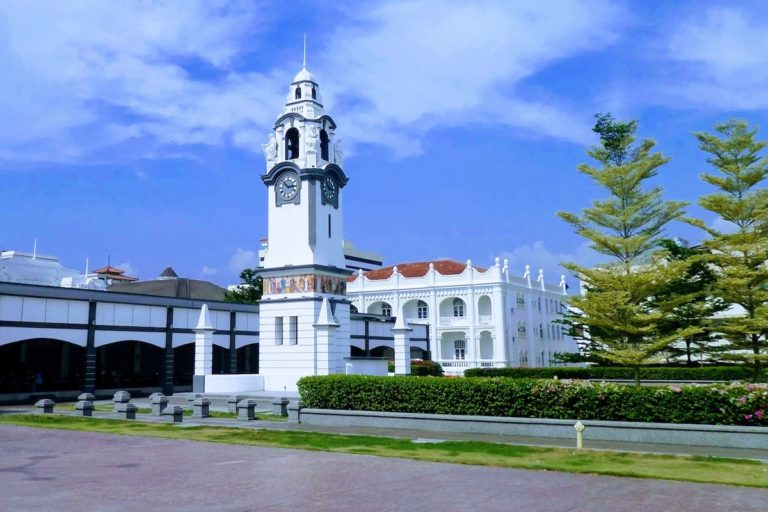
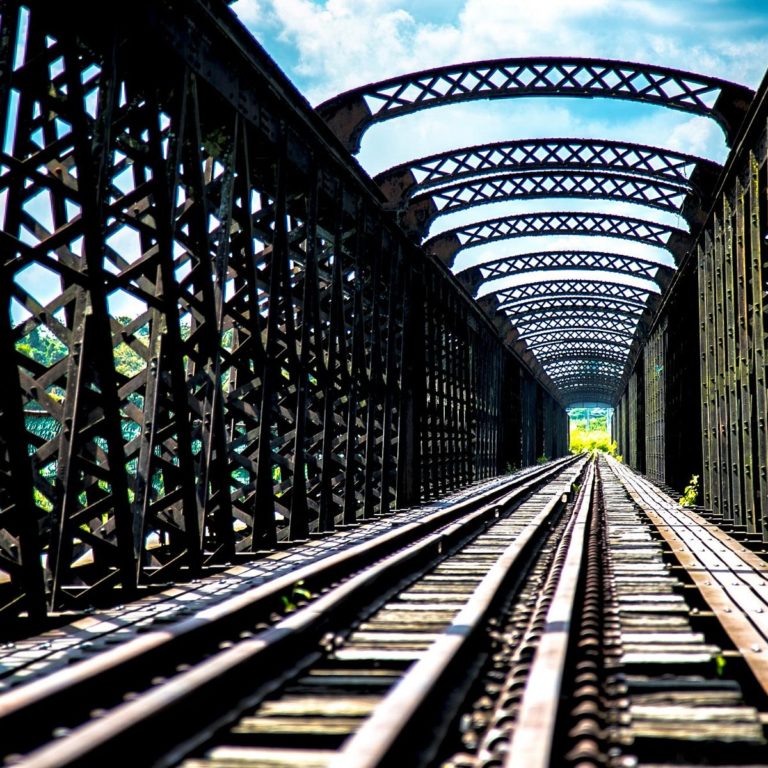
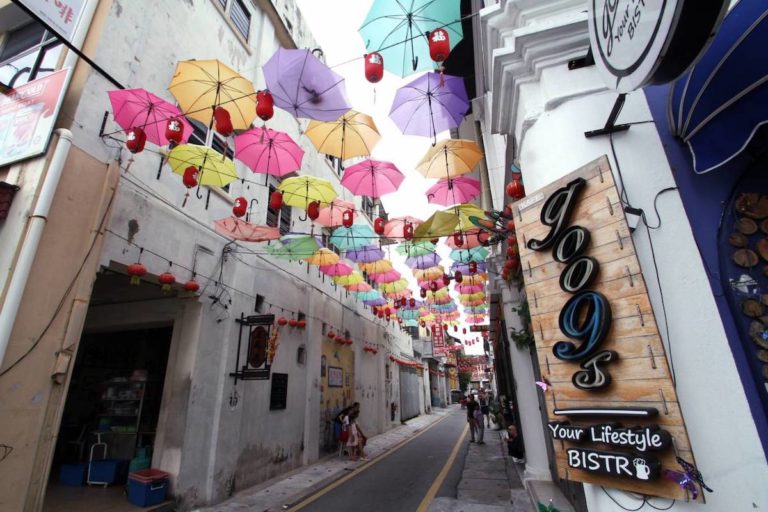

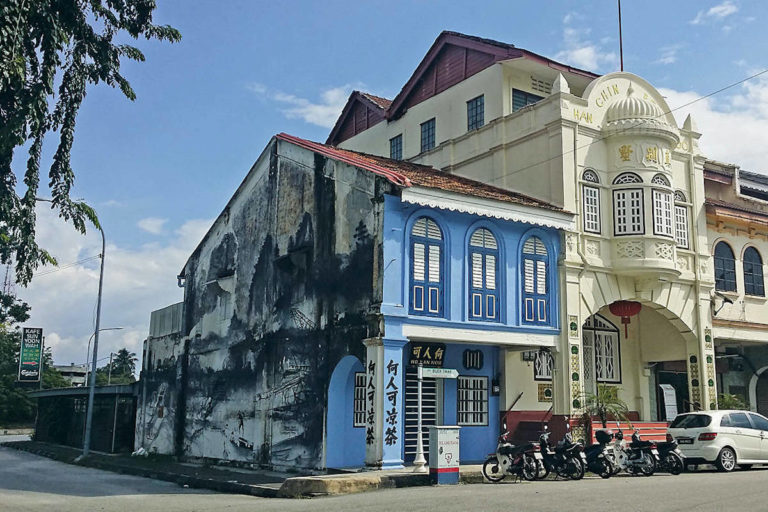
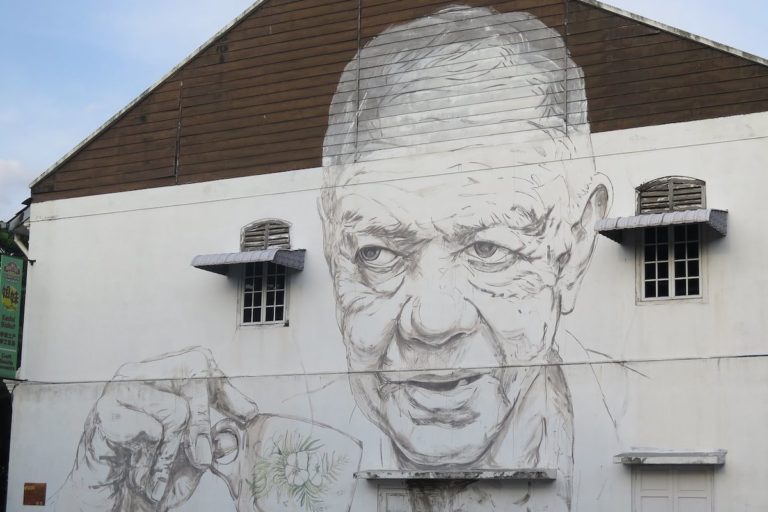
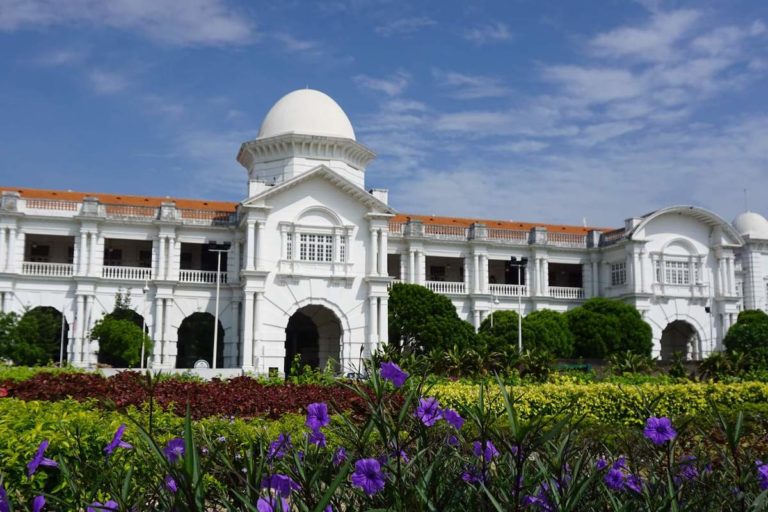
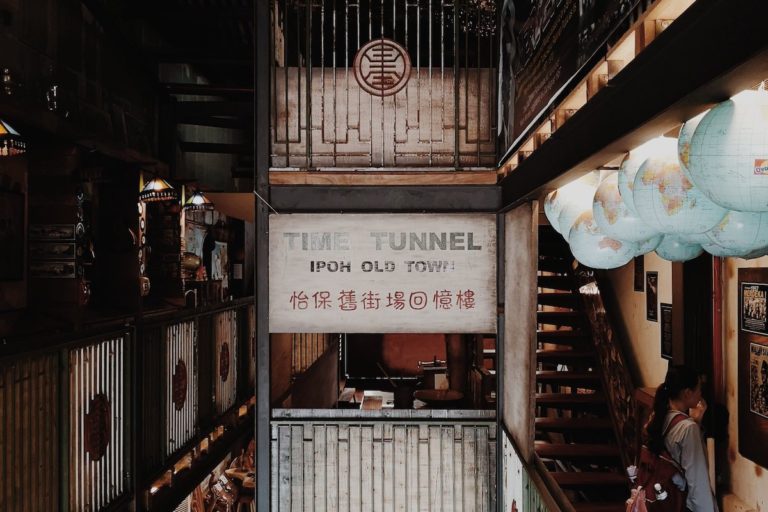
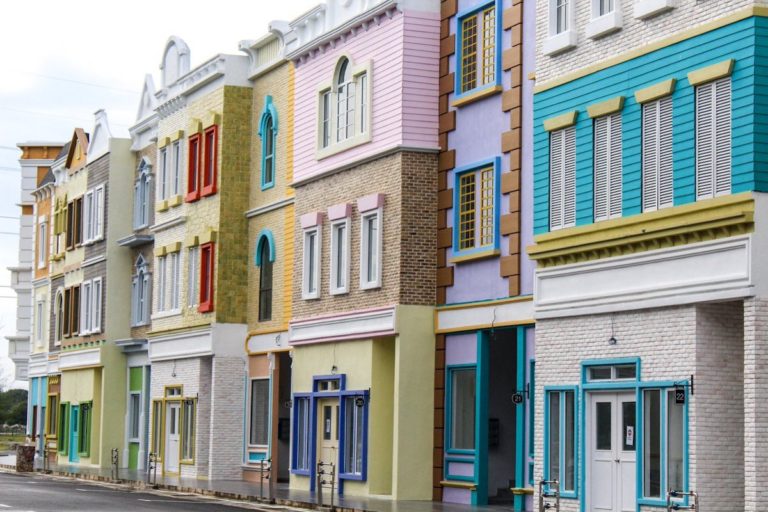
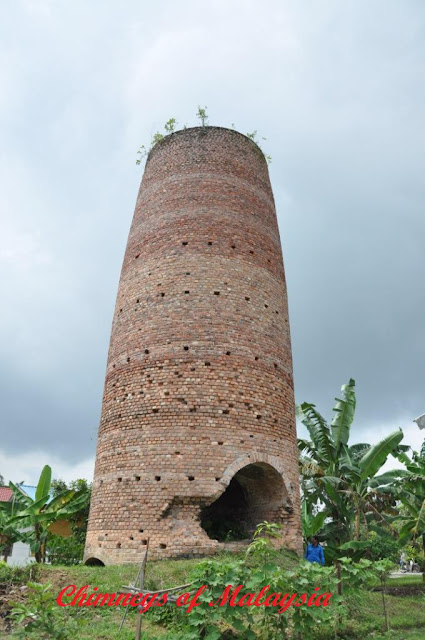
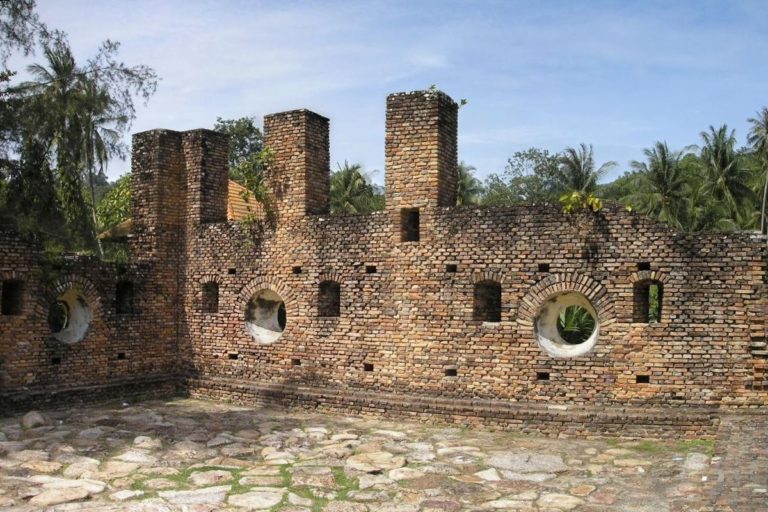
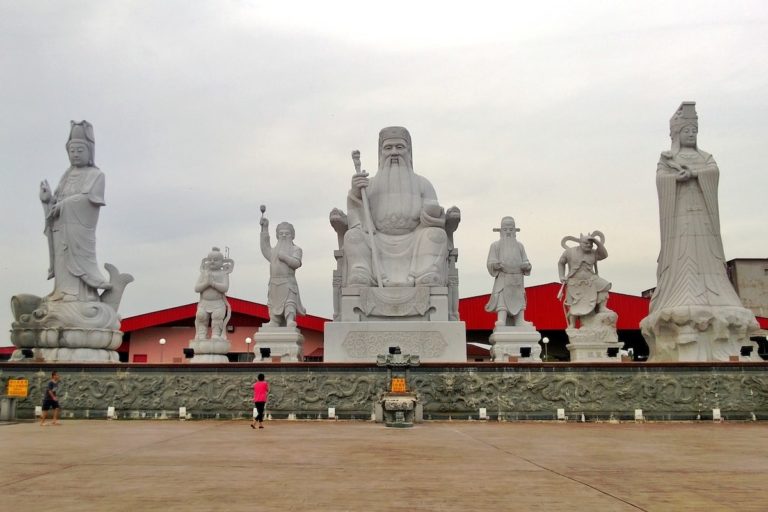
-
Perak Tong Cave Temple
-
Han Chin Pet Soo Museum
-
The Leaning Tower of Teluk Intan
-
Masjid Ubudiah, Kuala Kangsar
-
The Royal Museum Istana Kenangan, Kuala Kangsar
-
Kellie's Castle
-
Birch Memorial Clock Tower
-
Victoria Bridge
-
Concubine Lanes
-
Funtasy House Trick Art
-
Ho Yan Hor Museum
-
Ipoh Mural Art Trail
-
Ipoh Railway Station
-
Time Tunnel Ipoh
-
Time Tunnel Ipoh
-
Japanese Carbide Factory Chimney
-
Dutch Fort
-
Tua Pek Kong Temple
This is one of Ipoh's most famous places to visit. Surrounded by the scenic landscape, this cave was first discovered in 1926. Since then, the place has grown to be known as one of the best cave temples and famous tourist spot in Ipoh. Do visit here with your family or friends as it's a place not to be missed - absolutely beautiful!
The country's first Hakka Tin mining Musuem, Han Chin Pet Soo. Museum is one of the most famous attractions in Ipoh. The museum exhibits the highlights of the tin mining process of the early days. It also tells in details about the journey of the Hakka people from China to Ipoh.
The small Perak town of Teluk Intan contains Malaysia's answer to the Leaning Tower of Pisa. It is an old water tower disguised to look like a Chinese pagoda and it has a distinct incline due to subsidence
Considered one of Malaysia’s outstanding Islamic architecture, the Ubudiah Mosque is a lovely display of religion and art.
This glorious structure stands next to the Royal Mausoleum along Jalan Istana on Bukit Chandan. The Mosque began construction during the reign of the 28th Sultan of Perak in 1911 as the Sultan’s way of demonstrating gratitude towards God after recovering from illness.
The word “ubudiah” means “to yield oneself to the will of Allah”, hence the name chosen by the late Sultan Idris Murshidul Adzam Shah I. Today, the mosque stands proud and now becomes the pride of Perak.
Istana Kenangan is noted for being built entirely of wood, without the use of nails. It was planned to shape like a sword (pedang) in its scabbard (sarung pedang). The handle of the sword is where the Sultan's bedchamber is located. The scabbard is where the royal court or Balai Rong Seri was located. Although small, it has a beautiful throne (singgahsana). The walls are made of diamond-shaped plaits (kelarai) while the roof structure takes the combined styles of the five ridges (perabung lima) and the ridge of the five bananas (perabung pisang sesikat).
Today Istana Kenangan comes under the state museum authority, and houses the Perak Royal Museum. On display here are exhibists on the history of the Perak monarchy as well as the personal collections of the past rulers of Perak.
A spooky, half-finished colonial mansion hidden in the jungle in Batu Gajah. The colonial structure blends Moorish, Roman and British Indian architectural styles. Visitors are able to walk through the multi-storied structure and stand on the rooftop. There have been rumours about ghost sightings here (but this may just all be talk). Find out for yourself on your next trip here!
The clock tower was built in 1909 by James W. W. Birch at a cost of $25,000 in the middle of a square. The tower is mainly painted in white with black trimmings, has a mother bell and 4 smaller bells, and 4 panels. Each panel depicts the elements of the different phases of human civilisation such as the Stone Age, the Eastern Mediterranean, the Byzantine Empire, and modern science, art and social services.
This train bridge is also known as Enggor Bridge as it is situated in Enggor, Kuala Kangsar. The bridge that spans Perak River was first built in 1897, completed and officially opened by Sultan Idris Murshidul Azam Shah in 1900. The engineer who was responsible for this bridge was G.W.Fryer, divisional Engineer and C.R. Hanson.
With the completion of this bridge, it completed the train track from Enggor to Kuala Kangsar. In 1910, this bridge was fully operational for train track from Perai to Johor Bahru
It was said that these lanes were given by a mining tycoon to his 3 wives as gifts after a fire destroyed the old town in 1892, before it was rebuilt with lanes of shops. It is the reason why the Concubine Lane that you see today has 3 lanes in total. In recent times, the state government has revitalised these lanes to be one of the top heritage spots in Perak known for their murals, specialty cafes and boutique hotels.
An amazing trick art gallery in Ipoh, featuring a number of 3D murals and drawings. The gallery consists of 20 3D exhibits that create visual illusion and fantasy. Have fun with your family or friends here by takings lots of funny pictures! You'll be sure to have a great afternoon here.
Ho Yan Hor is a a famous Chinese herbal tea brand in Malaysia that goes all the way to 1941. This museum houses the legacy of the visionary herbalist, Dr. Ho Kai Cheong, a Chinese immigrant’s journey in perfecting the recipe of herbal teas. At the end your tour here, you will be given three cups of different herbal teas to sample.
If you are looking to see some street arts in Ipoh, you can join the Ipoh Mural Art Trail to hunt for these wall arts drawn by local and foreign artists. You can get a map from the Ipoh Tourist Office to find the exact locations of these murals. Some of the popular murals that you get to find here are ‘Paper Plane’ and ‘Old Uncle Drinking Coffee’.
Originally built to be a hospital, it was later converted to be a railway station. Also known as the ‘Taj Mahal of Ipoh’ by the locals, it is one of the oldest stations in Malaysia which has been serving as a transportation hub in Ipoh for both locals and foreigners. This station also has a hotel, Majestic Hotel furnished with a bar, restaurant and rooms where weary travellers can freshen up.
Often described as one of the best museums in Ipoh, Time Tunnel Ipoh provides visitors with a glimpse of Malaysia’s past. Located on the first floor of a shophouse in Jalan Panglima, it replicates the 1940s settings of a house, old streets and more. As an added bonus, another one of the famous Perak attractions, KooKee Ipoh Oldtown is located on the ground floor of the same building.
If you have always dreamt about going to Disneyland, you will be glad to know about New Agacia Town Kampar, one of the hottest Perak attractions. Modelled after Hong Kong Disneyland’s Main Street, the walls of the buildings here are painted in pastel colours to provide you with a perfect photo backdrop. Not only that, there are also Disney-themed cafes and a replica of Hollywood’s famous ‘Walk of Fame’ as well.
Another historical attraction that you should check out is the Japanese Carbide Factory Chimney, located in Malim Nawar. During the World War 2, the Japanese used this factory to produce military weapons and equipment. Today, what’s left of the factory are a 18m high brick chimney and a small guard house.
Located in Pangkor Island, this is the remnant of the old Dutch Fortress which was built in 1670 for the storage and protection of tin supplies. Destroyed in 1690 by the Malays due to the Dutch’s attempts to monopolise tin ore trading, it was rebuilt by the Dutch in 1743, before it was abandoned in 1748. The state government later reconstructed this fort in 1973 as an important heritage monument and tourist attraction.
If you are looking a religious place to visit, you can check out Tua Pek Kong Temple (‘Tua Pek Kong’ means Grand Uncle in Chinese), a 100-year-old Chinese temple located in Sitiawan. Not only is this place famous for its divine blessings, you can find a row of giant white statues overlooking the sea. Koi ponds, artifical rocks, pagoda and a large seated Buddha statue can also be found here.
Apart from all the above attractions, there is also a dragon-shaped tunnel which you can walk inside through its mouth. The walls in the tunnel are lined with panels with illustrations of ‘The Ten Chambers of Hell’.

